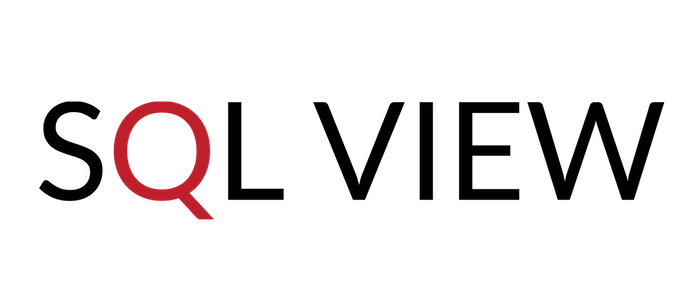
Block Chain use in Record and Document Management
Block Chain technology started out powering the Bitcoin. Technology start-ups are harness its strength for many other uses. Record and Document Management is one application that makes sense to use block chain.
What is a Blockchain
The blockchain is an incorruptible digital ledger of economic transaction that can be programmed to record not just financial transactions but virtually everything of value”
Don & Alex Tapscott
Authors, Blockchain Revolution (2016)
“Recording financial transactions or virtually everything of value” is one cornerstone function in the running of an economy. And any technology that plays this function well has people sitting straight up.
Incorruptible
We want to bring the attention to the word “incorruptible”. The nature of how the blockchain works indeed allows for incorruptible of records stored. Here is how it achieves this:
What is a blockchain?
A blockchain consist of a series of chronological “blocks” of records. Below is an example of chronological records in consecutive blocks. (Here using the example of Bitcoin)
Data in block 1: A sends B 10 dollars.
Data in block 2: B then sends these 10 dollars to C & 5 dollars to D.
These 2 blocks and subsequent blocks forms a block chain which is a chronological record for the flow to money between A, B, C & D. It documents the origin of the money and who is holding it at the present moment.
Multiple sources of the same truth
Instead of a single source of truth, where this blockchain is kept in a secure server with multiple backups; An exact copy of this blockchain resides on all the computers participating in this blockchain network. Any new computer that joins the network will automatically download the entire block chain. And all the computers will check in for the latest block on a frequent fixed interval. For the case of the famous Bitcoin, all the computers will update one another at intervals of 10 minutes. This mechanism results in the incorruptibility of records.
Incorruptibility of records
This concepts powers the incorruptibility records. Which makes it a good candidate to power Record Management System and Document management System.
- Data is transparent. Every computer within the network has the entire chain of records in encrypted format. The encrypted data is accessible to anyone on the internet. All the computers within the network play their part to ensure that the encrypted data is keep whole and unchanged. However the data can only be decrypted by the actual person authorized to use it using a private key.
- Data cannot be amended or hacked. Because there is no master copy. To change records, all the computers has to be hacked at once.
On a block chain, subsequent blocks are built upon the hashed data of the previous block. I.E. Block 2 is built incorporating the hashed values of Block 1; Block 3 is build using the hashed value of Block 2. Hence if there is any amendment of record of events in Block 1, the hacker will have to redo data on Block 2 & 3 as well. He has to do it across all the connected computers and against time because a new block is added every ten minutes or lesser.
Materialised into the real world
Document management using blockchain has moved from a proof-of-concept to the real world. A blockchain tech startup Coinfirm has partnered a major polish bank PKO BP. The name of the product is Trudatum and it gives the bank the ability to permanently & immutably store data.
“As revolutionary as it sounds, Blockchain truly is a mechanism to being everyone to the highest degree of accountability. No more missed transactions, human or machine errors, or even an exchange that was not done with the consent of the parties involved. Above all else, the most critical area where Blockchain helps is to guarantee the validity of a transaction by recording it not only on a main register but a connected distribution system of registers, all of which are connected through a secure validation mechanism”
Ian Khan, TEDx Speaker
Author
Technology Futurist
This post on Blockchain and its use in Document Management is part of SQL View’s Series on Digital Transformation in Singapore.


